1. Siegel RL, Miller KD, Jemal A. Cancer statistics, 2019. CA Cancer J Clin. 2019; 69:7–34.

2. Jung KW, Won YJ, Kong HJ, Lee ES. Cancer statistics in Korea: incidence, mortality, survival, and prevalence in 2016. Cancer Res Treat. 2019; 51:417–30.

3. Parker C, Castro E, Fizazi K, Heidenreich A, Ost P, Procopio G, et al. Prostate cancer: ESMO Clinical Practice Guidelines for diagnosis, treatment and follow-up. Ann Oncol. 2020; 31:1119–34.

5. Morgan SC, Hoffman K, Loblaw DA, Buyyounouski MK, Patton C, Barocas D, et al. Hypofractionated Radiation Therapy for Localized Prostate Cancer: An ASTRO, ASCO, and AUA Evidence-. Based Guideline J Clin Oncol. 2018; JCO1801097.

6. Salembier C, Villeirs G, De Bari B, Hoskin P, Pieters BR, Van Vulpen M, et al. ESTRO ACROP consensus guideline on CT- and MRI-based target volume delineation for primary radiation therapy of localized prostate cancer. Radiother Oncol. 2018; 127:49–61.

7. Leyh-Bannurah SR, Dell’Oglio P, Tian Z, Schiffmann J, Shariat SF, Suardi N, et al. A proposal of a new nomogram for predicting upstaging in contemporary D’Amico low-risk prostate cancer patients. World J Urol. 2017; 35:189–97.

8. Buyyounouski MK, Choyke PL, McKenney JK, Sartor O, Sandler HM, Amin MB, et al. Prostate cancer: major changes in the American Joint Committee on Cancer eighth edition cancer staging manual. CA Cancer J Clin. 2017; 67:245–53.
9. Feng TS, Sharif-Afshar AR, Wu J, Li Q, Luthringer D, Saouaf R, et al. Multiparametric MRI improves accuracy of clinical nomograms for predicting extracapsular extension of prostate cancer. Urology. 2015; 86:332–7.
10. Lebacle C, Roudot-Thoraval F, Moktefi A, Bouanane M, De La Taille A, Salomon L. Integration of MRI to clinical nomogram for predicting pathological stage before radical prostatectomy. World J Urol. 2017; 35:1409–15.

11. Gupta RT, Brown AF, Silverman RK, Tay KJ, Madden JF, George DJ, et al. Can radiologic staging with multiparametric MRI enhance the accuracy of the partin tables in predicting organ-confined prostate cancer? AJR Am J Roentgenol. 2016; 207:87–95.

12. Gevaert O, De Smet F, Timmerman D, Moreau Y, De Moor B. Predicting the prognosis of breast cancer by integrating clinical and microarray data with Bayesian networks. Bioinformatics. 2006; 22:e184–90.

13. Cai ZQ, Guo P, Si SB, Geng ZM, Chen C, Cong LL. Analysis of prognostic factors for survival after surgery for gallbladder cancer based on a Bayesian network. Sci Rep. 2017; 7:293.

14. Cong LL, Cai ZQ, Guo P, Chen C, Liu DC, Li WZ, et al. Decision of surgical approach for advanced gallbladder adenocarcinoma based on a Bayesian network. J Surg Oncol. 2017; 116:1123–31.

15. Husmeier D, Dybowski R, Roberts S. Advanced information and knowledge processing. Probabilistic modelling in bioinformatics and medical informatics. London: Springer-Verlag;2005.
16. Yang Y. Information theory, inference, and learning algorithms. J Am Stat Assoc. 2012; 100:1461–2.

17. Roach M 3rd. Re: The use of prostate specific antigen, clinical stage and Gleason score to predict pathological stage in men with localized prostate cancer. J Urol. 1993; 150:1923–4.
18. DeLong ER, DeLong DM, Clarke-Pearson DL. Comparing the areas under two or more correlated receiver operating characteristic curves: a nonparametric approach. Biometrics. 1988; 44:837–45.

19. Hosmer DW Jr, Lemeshow S, Sturdivant RX. Applied logistic regression. 3rd ed. Hoboken, NJ: John Wiley & Sons;2013.
20. Catton CN, Lukka H, Gu CS, Martin JM, Supiot S, Chung PWM, et al. Randomized trial of a hypofractionated radiation regimen for the treatment of localized prostate cancer. J Clin Oncol. 2017; 35:1884–90.

21. Partin AW, Kattan MW, Subong EN, Walsh PC, Wojno KJ, Oesterling JE, et al. Combination of prostate-specific antigen, clinical stage, and Gleason score to predict pathological stage of localized prostate cancer: a multi-institutional update. JAMA. 1997; 277:1445–51.

22. Dearnaley D, Syndikus I, Mossop H, Khoo V, Birtle A, Bloomfield D, et al. Conventional versus hypofractionated high-dose intensity-modulated radiotherapy for prostate cancer: 5-year outcomes of the randomised, non-inferiority, phase 3 CHHiP trial. Lancet Oncol. 2016; 17:1047–60.

23. Ahmed HU, Kirkham A, Arya M, Illing R, Freeman A, Allen C, et al. Is it time to consider a role for MRI before prostate biopsy? Nat Rev Clin Oncol. 2009; 6:197–206.

24. Muglia VF, Westphalen AC, Wang ZJ, Kurhanewicz J, Carroll PR, Coakley FV. Endorectal MRI of prostate cancer: incremental prognostic importance of gross locally advanced disease. AJR Am J Roentgenol. 2011; 197:1369–74.

25. Tsurumaki Y, Tomita K, Kume H, Yamaguchi T, Morikawa T, Takahashi S, et al. Predictors of seminal vesicle invasion before radical prostatectomy. Int J Urol. 2006; 13:1501–8.

26. Guzzo TJ, Vira M, Wang Y, Tomaszewski J, D’Amico A, Wein AJ, et al. Preoperative parameters, including percent positive biopsy, in predicting seminal vesicle involvement in patients with prostate cancer. J Urol. 2006; 175:518–21.

27. Lieberfarb ME, Schultz D, Whittington R, Malkowicz B, Tomaszewski JE, Weinstein M, et al. Using PSA, biopsy Gleason score, clinical stage, and the percentage of positive biopsies to identify optimal candidates for prostate-only radiation therapy. Int J Radiat Oncol Biol Phys. 2002; 53:898–903.

28. Murphy G, Haider M, Ghai S, Sreeharsha B. The expanding role of MRI in prostate cancer. AJR Am J Roentgenol. 2013; 201:1229–38.

29. Mehralivand S, Shih JH, Harmon S, Smith C, Bloom J, Czarniecki M, et al. A grading system for the assessment of risk of extraprostatic extension of prostate cancer at multiparametric MRI. Radiology. 2019; 290:709–19.

30. Giannarini G, Cereser L, Como G, Bonato F, Pizzolitto S, Valotto C, et al. Accuracy of abbreviated multiparametric MRI-derived protocols in predicting local staging of prostate cancer in men undergoing radical prostatectomy. Acta Radiol. 2021; 62:949–58.

31. Grivas N, Hinnen K, de Jong J, Heemsbergen W, Moonen L, Witteveen T, et al. Seminal vesicle invasion on multi-parametric magnetic resonance imaging: correlation with histopathology. Eur J Radiol. 2018; 98:107–12.

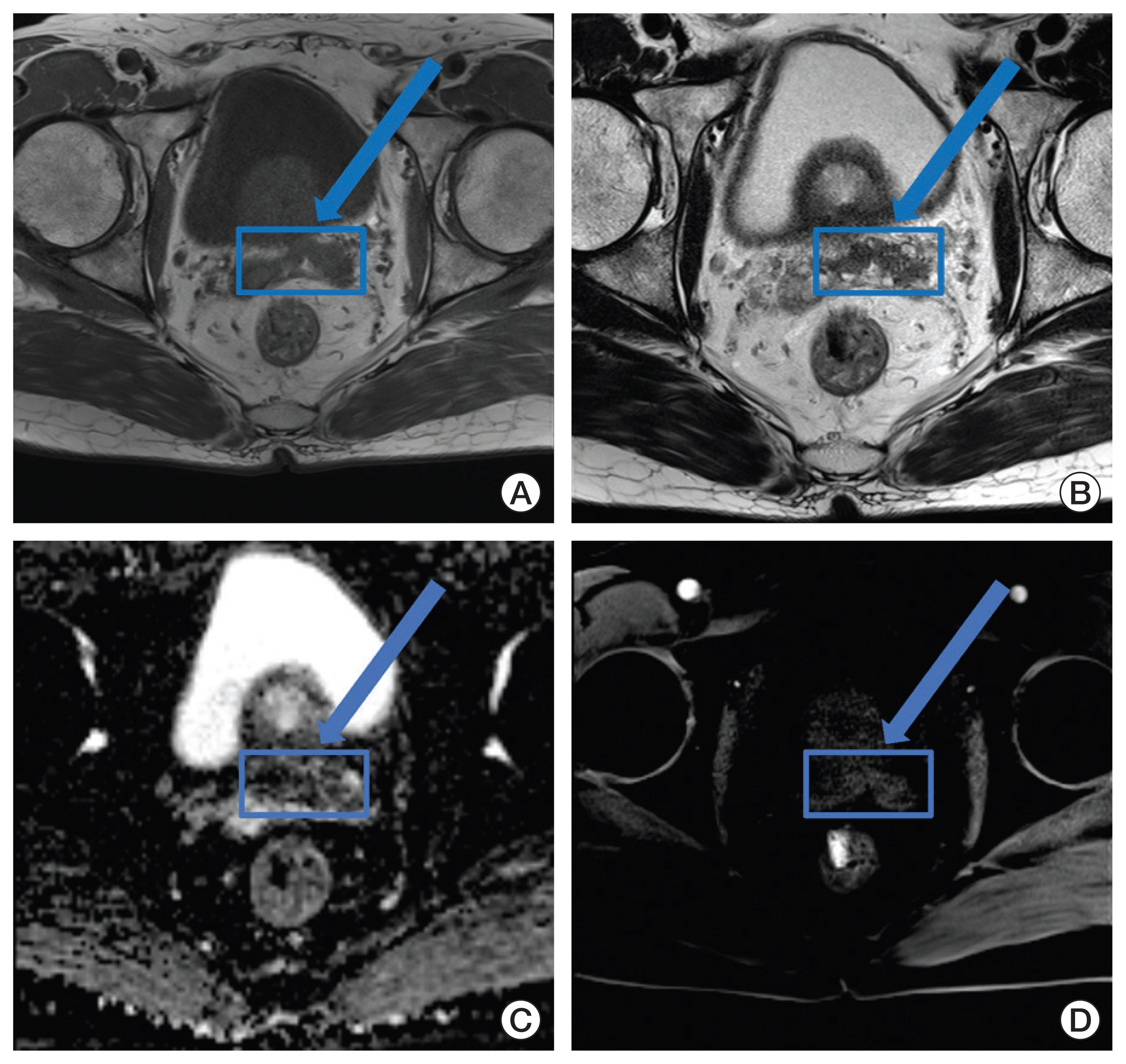
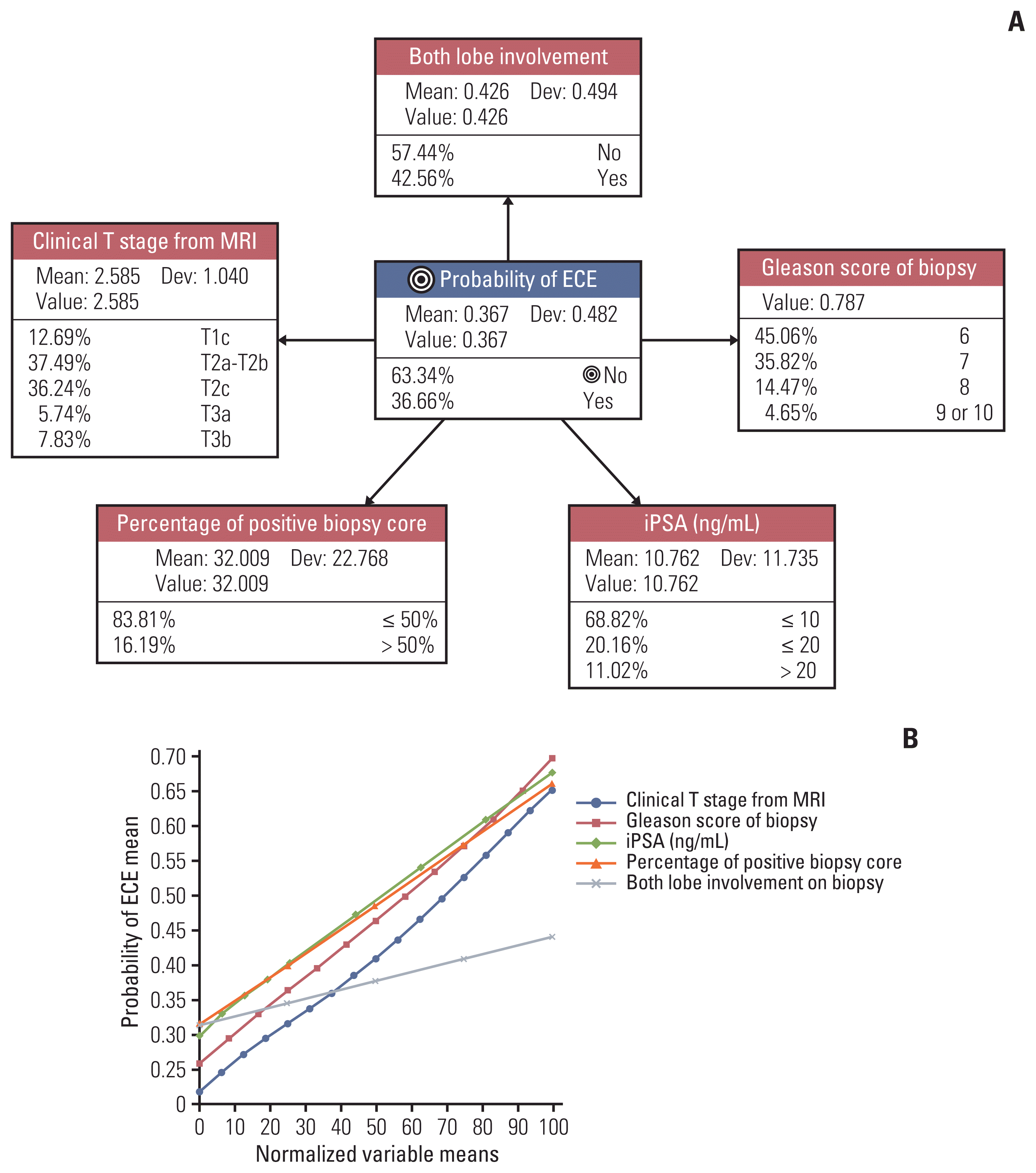
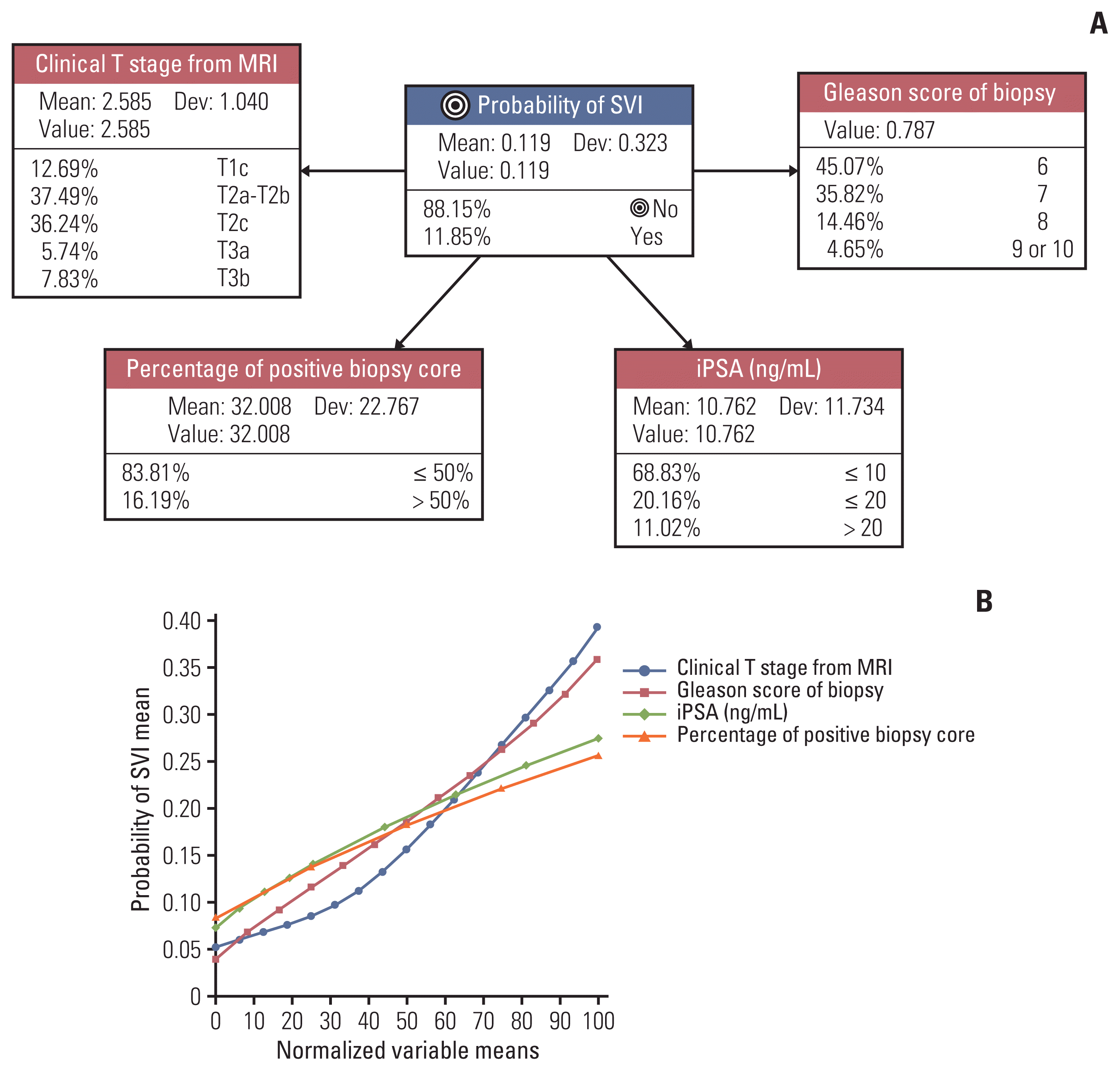
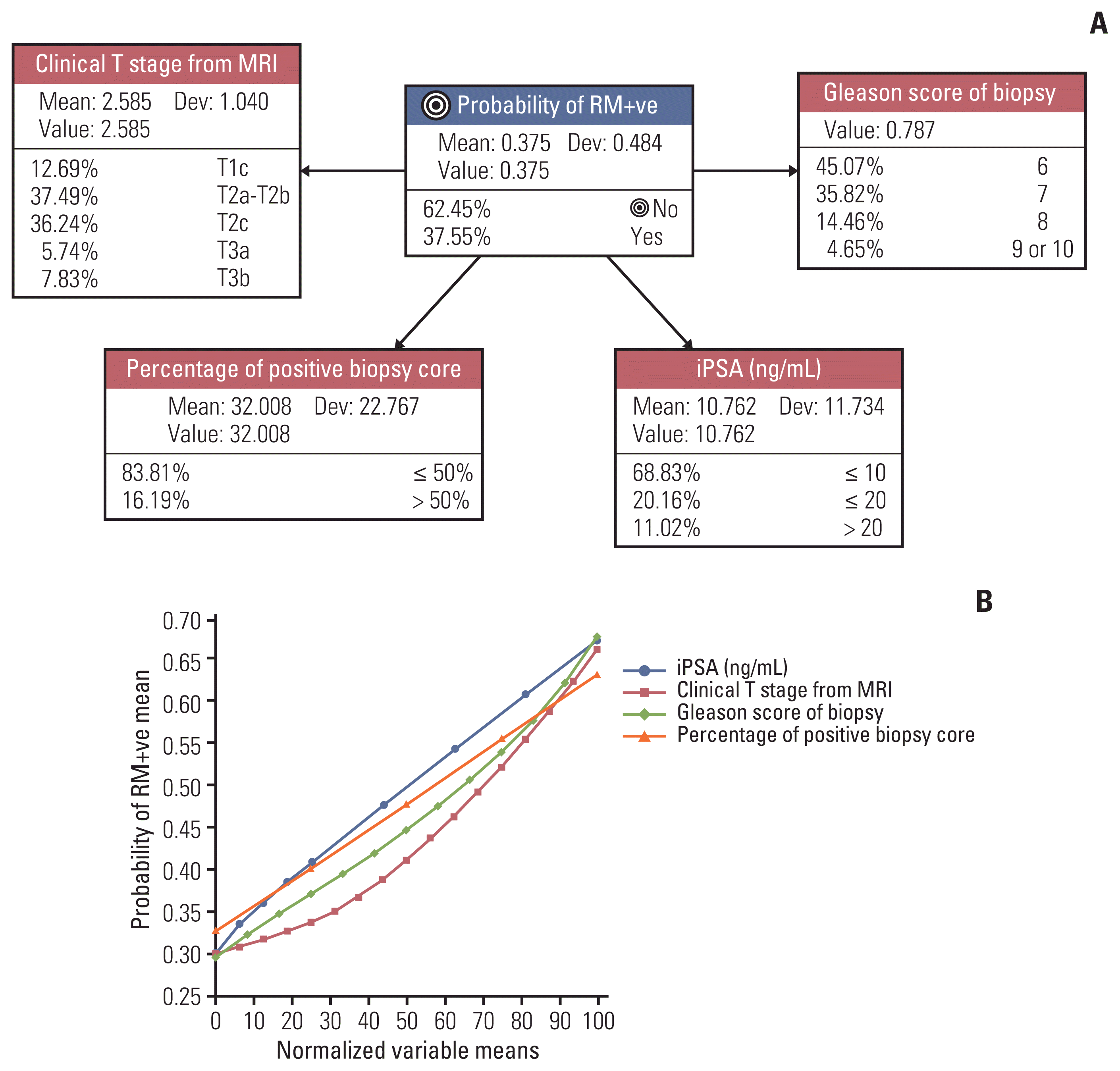




 PDF
PDF Citation
Citation Print
Print


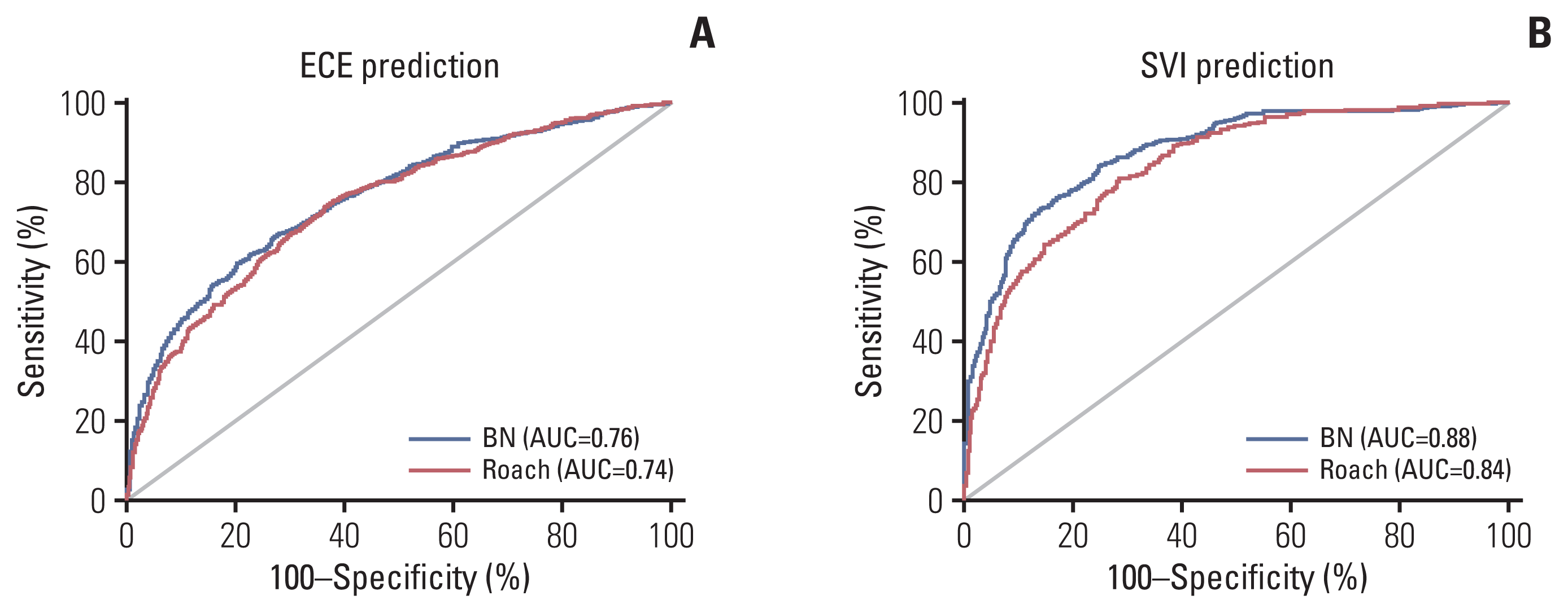
 XML Download
XML Download